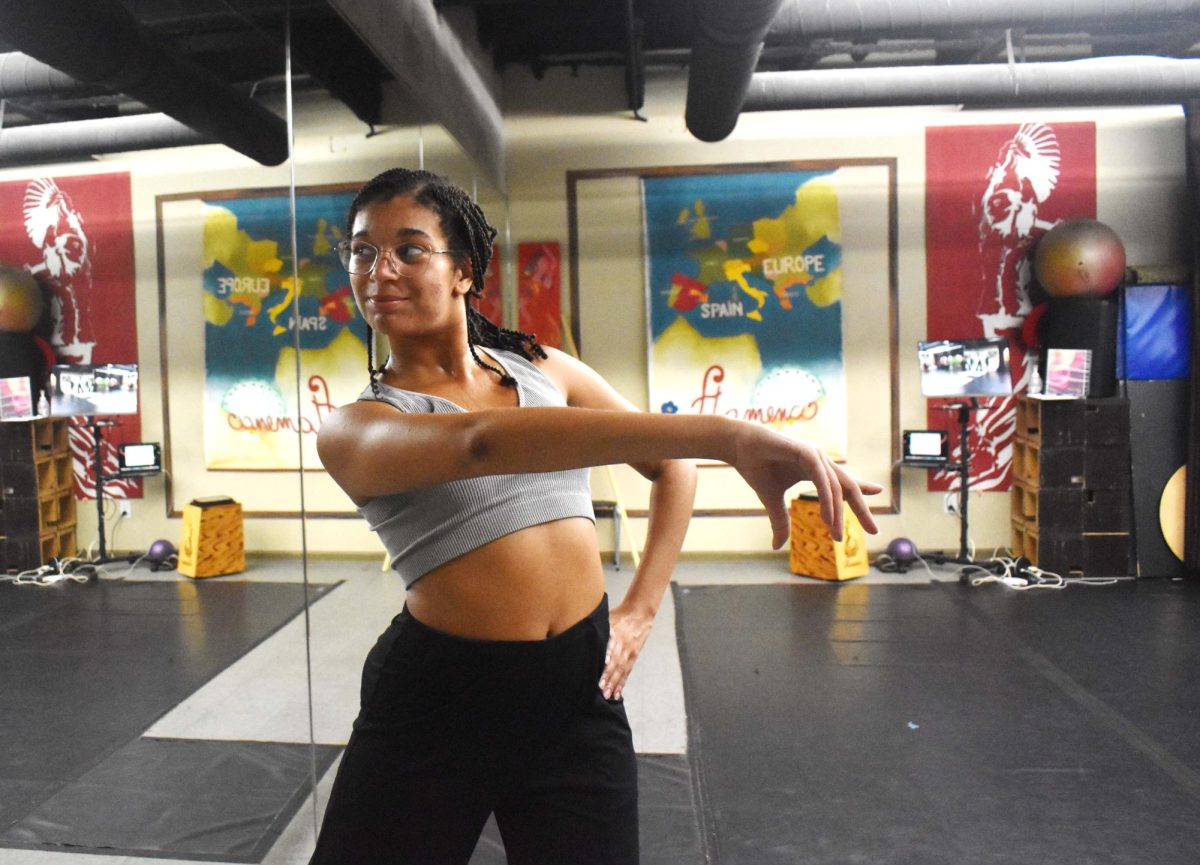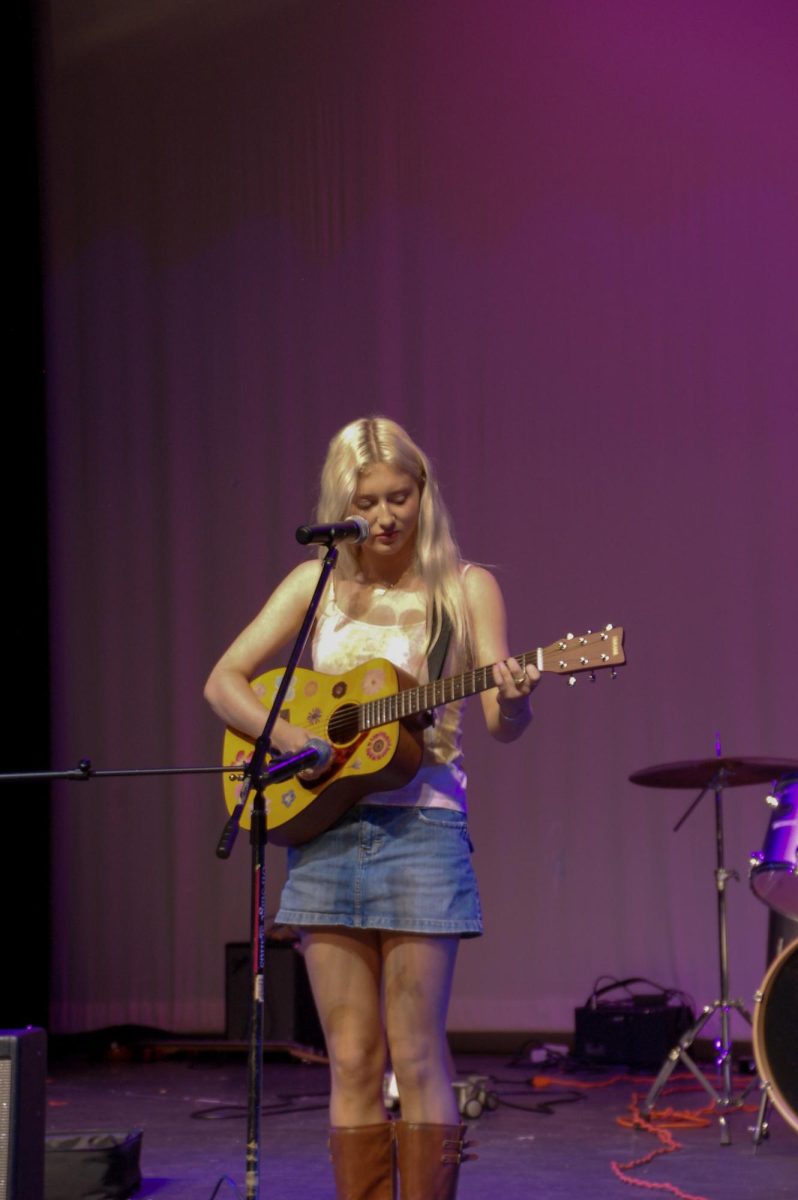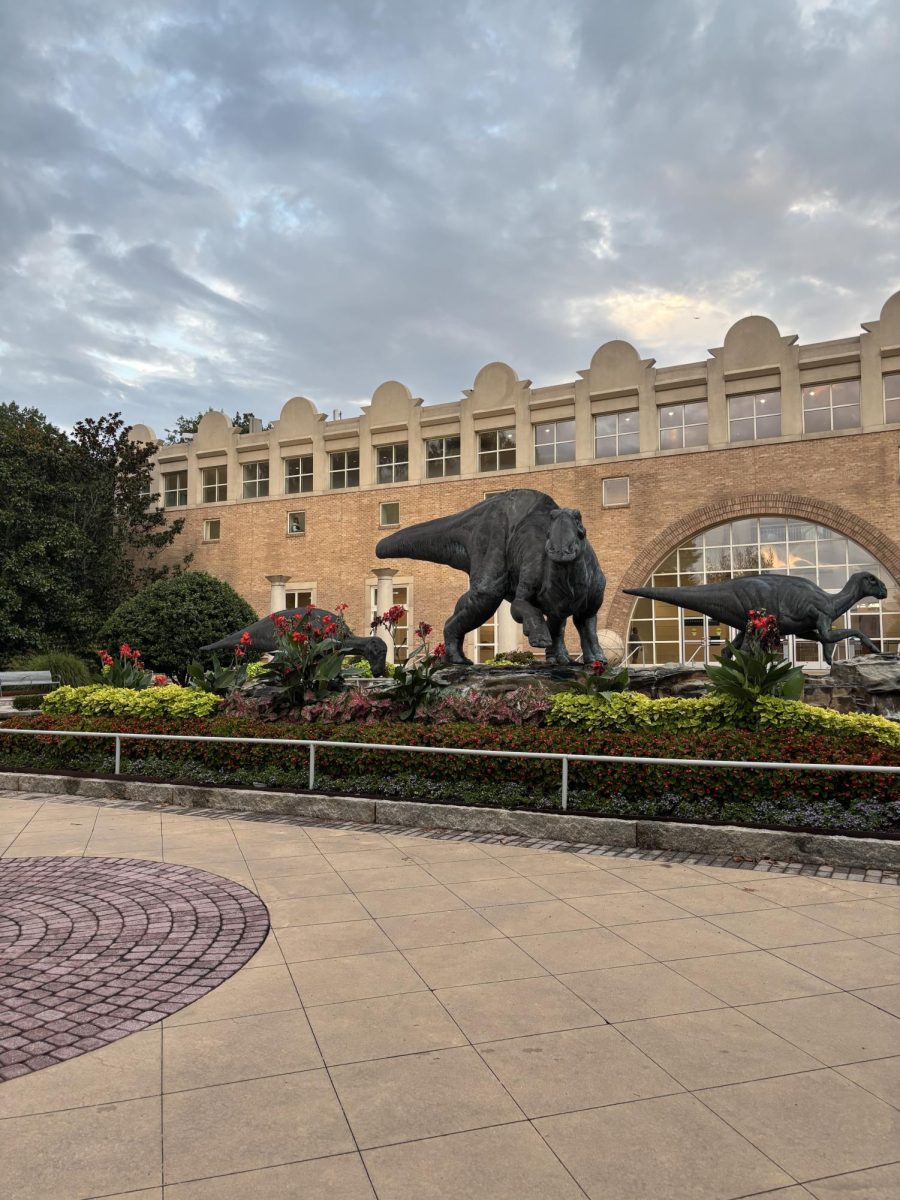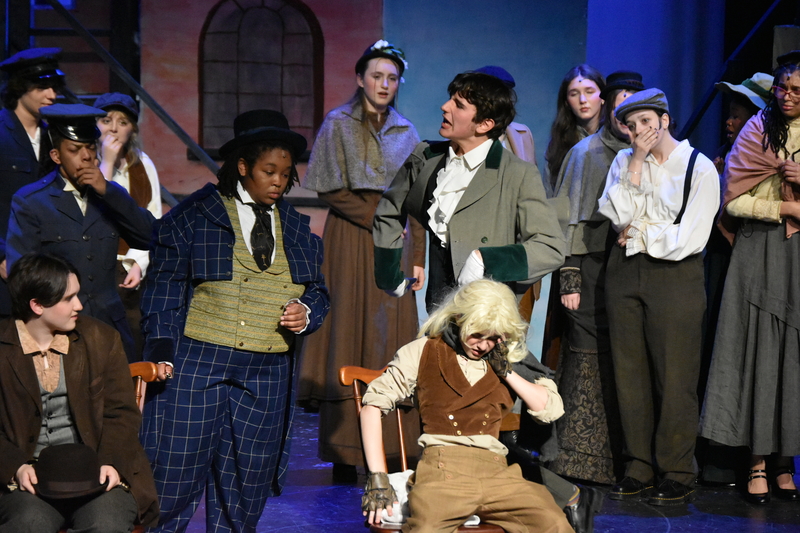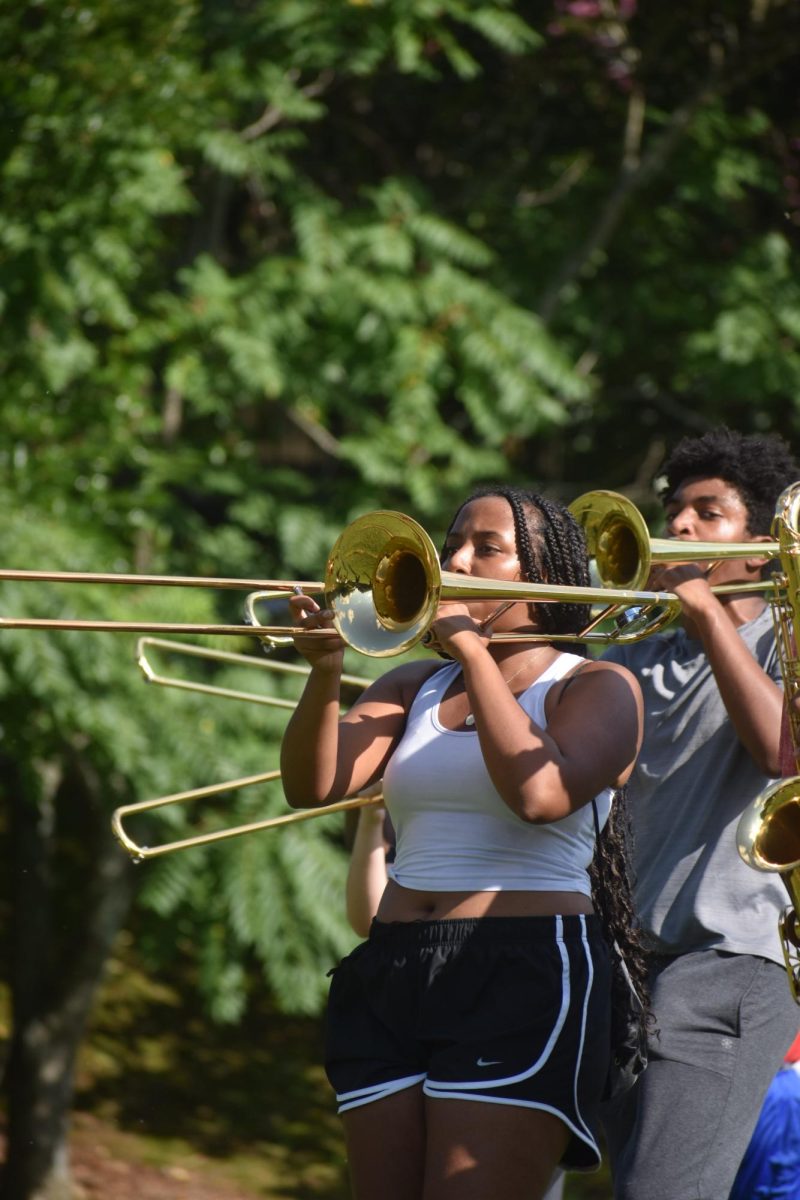Grady art director and teacher John Brandhorst pushed the Small Learning Communities to provide opportunities for arts students at Grady. Since the development of the SLCs, the arts minor failed to integrate itself into the system, until this year.
Brandhorst along with other arts teachers such as Lisa Willoughby, Valerie Williams and Jake Dreiling, engineered a program that could successfully run with the academies. Now students in ninth grade to choose an art pathway to co-exist with the four other academies.
Arts students take the art pathway will be guaranteed a spot in the art or drama class of their choice. This allows for students interested in the arts to have a more extensive experience of the programs at Grady.
“I think it will improve [their experience] because it’s their choice,” Brandhorst said. “There is not a sorting hat. If there was, there would be a very different sort of distribution of who is in which academy.”
Freshmen from the class of 2017 on the arts track now have the chance to take art classes with minimal scheduling conflict. The academic pathways from the SLC to the Advanced Placement courses offered made it difficult in the past for students to maximize their artistic opportunities at Grady.
Senior Preston Choi managed to escape the academies in order to take a total of five art classes this year, including AP Art and Advanced Musical Theater.
Choi started Grady in the Communications and Journalism academy during the first year of the SLCs. During his sophomore year, he decided that he was taking enough art classes to make up for taking the required electives mandatory to each SLC. Now, Choi has accumulated more than 10 art classes.
“The reason for the academies is to make [students] college career ready and APS has all these checkmarks for schools where students have to reach,” Choi said.
Choi believes that the academies were meant to help students become prepared for college, however, he thinks the academies don’t meet every student’s interests, including himself.
“I was taking four years of a language, also four years of art and theater so my career wasn’t going to be in any of the academies,” Choi said. “It was going to be in the arts.”
Brandhorst set up the arts minor to help students like Choi increase their options. Since the establishment of the academies, electives continue to get harder to wedge into student schedules.
“There have been lots of attempts to try and ensure that kids interested in the arts can get the electives that follow that interest,” Brandhorst said. “When it was just the magnet and the non-magnet there weren’t so many other electives in place.”
Juniors and seniors still have to struggle in order to complete both their academic pathway electives, the art minors and any core classes they wish to take but the underclassmen can choose the art minor pathway.
Some of the concentrations offered are musical theater, theater, chorus, band, orchestra, technical theater, fashion and art.
Freshman Audrey Sullivan, who is a musical theater minor, takes both Advanced Women’s Chorus and Tech Theater I this semester and took Theater Fundamentals and Advanced Women’s Chorus last semester. The arts minor helped her to fit four semesters of art classes onto her schedule.
“I chose to minor in Musical Theatre because I thought it would help with my future career choices,” Sullivan said. “It has made me look forward to fun classes instead of just the core classes.”
Next year, Sullivan plans to take Chamber Chorus and Advanced Musical Theater. Brandhorst designed the art minor to give students “opportunities to advanced groups.” At the end of the year, auditions will take place where students try out for the advanced art classes listed in the art minor.
Choi feels that over the years, the Arts Minor may not turn into a major but will continue to help students who are interested in maximizing their opportunities.
“Kids want art classes,” Choi said. “Taking art classes can help kids find out what they like and are interested in.”


